
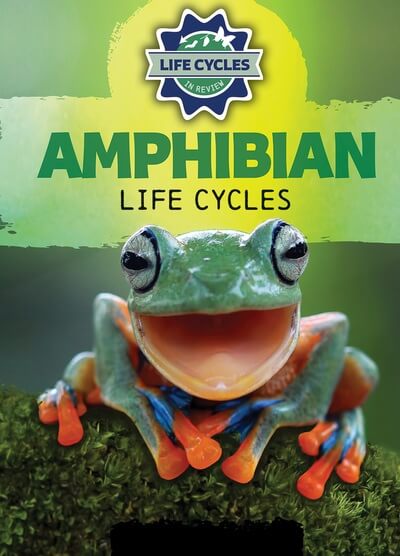
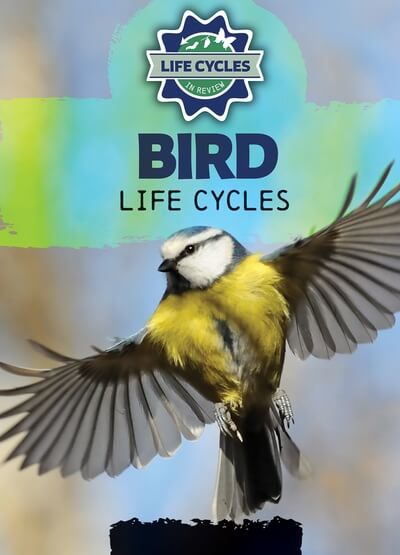
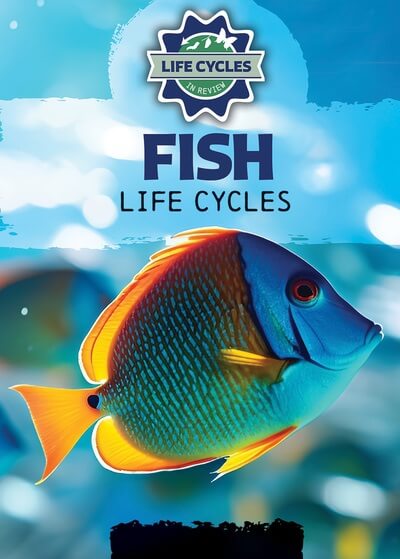
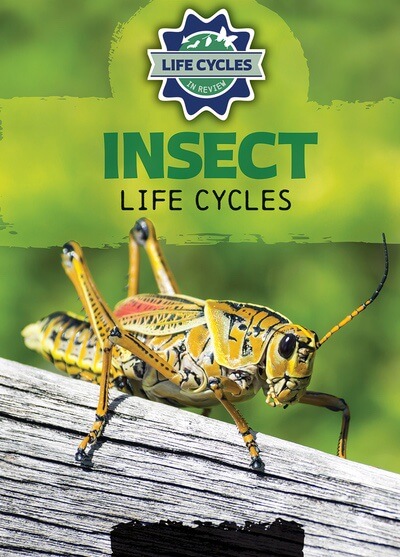
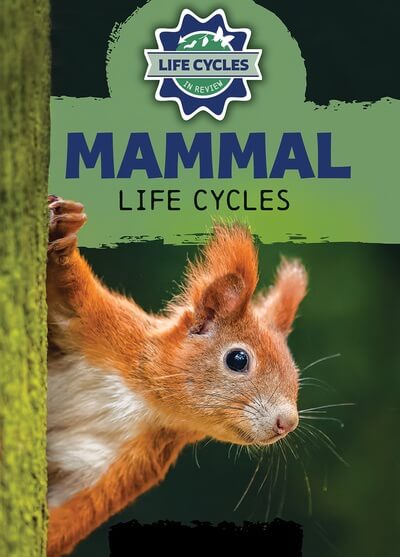
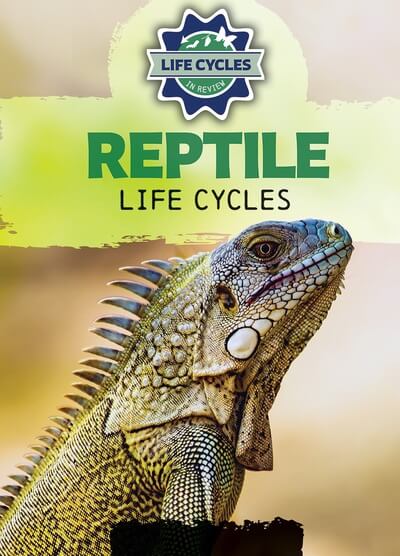
Life Cycles in Review
How does a tadpole turn into a frog? What's the difference between a reptile and an amphibian? Why do baby birds hatch from eggs? What makes a mammal, a mammal? Readers discover the answers to these questions and more in this interesting and educational series! Designed to appeal to struggling readers, the series offers a clear overview of the life cycles of amphibians, birds, fish, insects, mammals, and reptiles. The high-interest subject matter is combined with accessible, reader-friendly language. Each book also includes diagrams to help readers better grasp concepts.
• Helps struggling readers review a key curricular subject
• Includes examples of multiple animal species within each classification
• Interesting material and vibrant photographs engage reluctant readers










